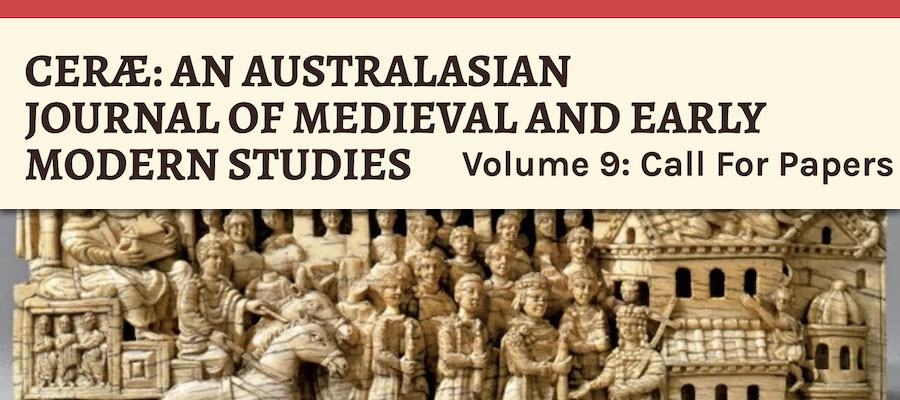Ceræ Volume 9: Ritual: Practice, Performance, Perception
Rituals pervade human life. From small or mundane rituals like brushing our teeth or making one’s daily coffee, to grand ceremonies that mark important life stages, rituals are everywhere. This has prompted reflection on what rituals are, on what can be considered as ritual. Ceræ invites essays that analyse rituals of all kinds: public and private, communal and solitary, secular and religious, rapidly changing and long-lasting. It also welcomes theoretically- or methodologically-focused contributions.
Authors may address, but are not limited to:
- Royal rituals: coronations, births, or marriage consummations etc.
- How rituals can be used as an element of identity and alterity
- Subversive and subverted ritual: witchcraft trials, historical (mis)perceptions of Jewish rites etc.
- Sacred landscapes and rituals focused on/in the natural world
- Ritual as a medium for memory and memorialisation
- Sacrifices, magic, religious rites and their intercultural reception
- Medieval and early modern political rituals such as guild processions
- Ritual represented in medievalism, including film, fantasy, literature, and art
We invite submissions encompassing all aspects of the late classical, medieval, and early modern world. There are no geographical restrictions. As an interdisciplinary journal, Ceræ encourages submissions from archaeology, art history, historical ecology, literature, linguistics, intellectual history, musicology, politics, social studies, and beyond.
Full length articles should be 5000-8000 words, excluding references. Ceræ also accepts short notices of up to 3000 words.
Ceræ particularly encourages submissions from postgraduate and early career researchers.
